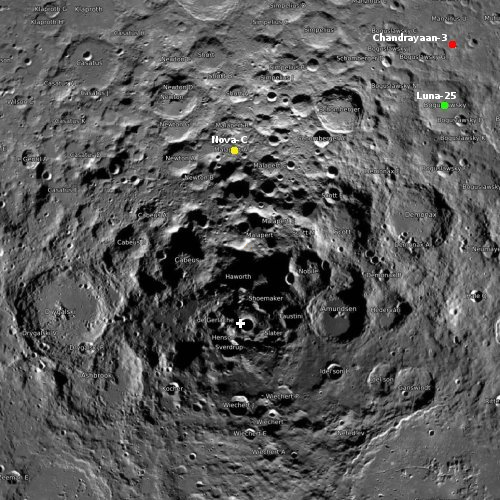China tests parachutes on recent Long March 3B launch
During a May 17, 2023 launch of a Long March 3B rocket, China tested the use of parachutes to better control the descent and landing of the rocket’s boosters.
The system was used on a Long March-3B rocket carrying a BeiDou navigation satellite into orbit on May 17 from the Xichang Satellite Launch Center in Sichuan Province, according to the academy.
Developed by the academy, the parachute brought down the rocket boosters to a predetermined location, narrowing the range of the landing area by 80 percent.
Based on the limited information provided by China’s state-run press, it appears this system was only tested on the four strap-on boosters, not on the first stage core. Regardless, such a system, which appears to be a copy of the system Rocket Lab has been developing for the last four years, will significantly reduce the hazards to Chinese inhabitants who live in the drop zones of these rockets.
Note too that China previously tried to copy SpaceX’s grid fins. Apparently its engineers found it difficult if not impossible to reverse engineer that concept, so they apparently decided to try copying Rocket Lab’s parachute methods instead.
During a May 17, 2023 launch of a Long March 3B rocket, China tested the use of parachutes to better control the descent and landing of the rocket’s boosters.
The system was used on a Long March-3B rocket carrying a BeiDou navigation satellite into orbit on May 17 from the Xichang Satellite Launch Center in Sichuan Province, according to the academy.
Developed by the academy, the parachute brought down the rocket boosters to a predetermined location, narrowing the range of the landing area by 80 percent.
Based on the limited information provided by China’s state-run press, it appears this system was only tested on the four strap-on boosters, not on the first stage core. Regardless, such a system, which appears to be a copy of the system Rocket Lab has been developing for the last four years, will significantly reduce the hazards to Chinese inhabitants who live in the drop zones of these rockets.
Note too that China previously tried to copy SpaceX’s grid fins. Apparently its engineers found it difficult if not impossible to reverse engineer that concept, so they apparently decided to try copying Rocket Lab’s parachute methods instead.









